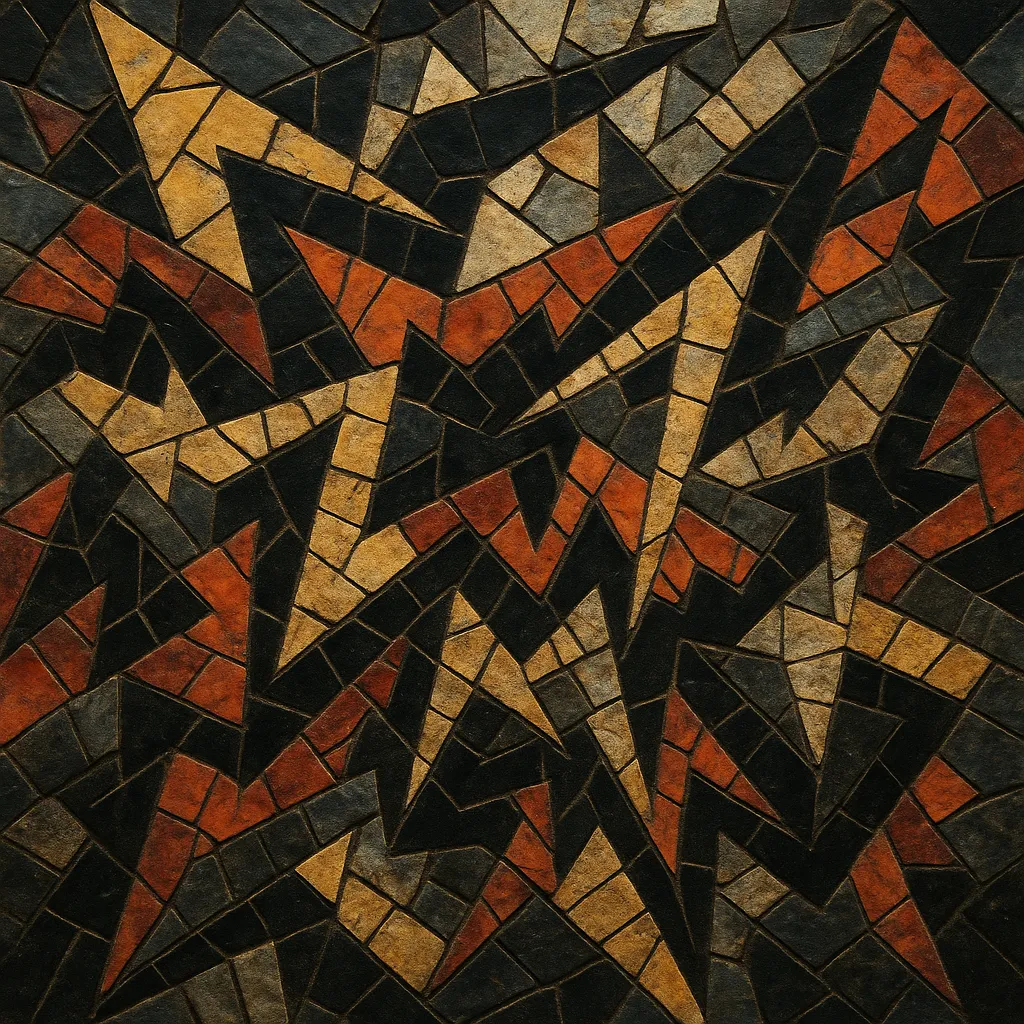Mathcore is an extreme offshoot of metalcore and hardcore punk characterized by rapid-fire shifts in meter, tempo, and texture. It emphasizes dissonant, angular riffing; complex, polymetric drum patterns; and whirlwind song structures that often feel deliberately chaotic.
The genre fuses the precision and rhythmic gamesmanship of math rock with the aggression of hardcore and the density of extreme metal. Songs routinely feature sudden stops, blast beats, start–stop riffing, odd time signatures, and atonal or chromatic harmonies, producing a sound that is tense, volatile, and cathartic.
Mathcore crystallized in the United States during the 1990s as a more rhythmically intricate and dissonant branch of metalcore and hardcore punk. Bands drew from math rock’s odd meters and rhythmic puzzles, grindcore’s extremity, post-hardcore’s structural elasticity, and noise rock’s abrasion.
Landmark releases by Botch and Coalesce laid blueprints for dense, angular riffing and unpredictable song forms. The Dillinger Escape Plan’s early EPs and Calculating Infinity (1999) codified the genre’s reputation for virtuosity and volatility, pairing jaw-dropping technicality with ferocious intensity.
The 2000s saw a wave of bands push mathcore’s vocabulary: Converge’s metallic hardcore ferocity intersected with avant tendencies; Ion Dissonance and Psyopus explored extreme dissonance and hyper-speed complexity; The Number Twelve Looks Like You and Norma Jean broadened the scene’s visibility. Production moved toward tighter, more precise drum editing and sharper guitar tones to articulate intricate rhythms.
Modern acts such as Car Bomb, Rolo Tomassi, Frontierer, and Sectioned integrated elements from djent, ambient, and electronic processing, emphasizing polymetric grooves, pitch-shifted textures, and textural contrast. Mathcore’s influence spread into djent, cybergrind, sasscore, and parts of deathcore, while live performances remained renowned for explosive energy and technical precision.


